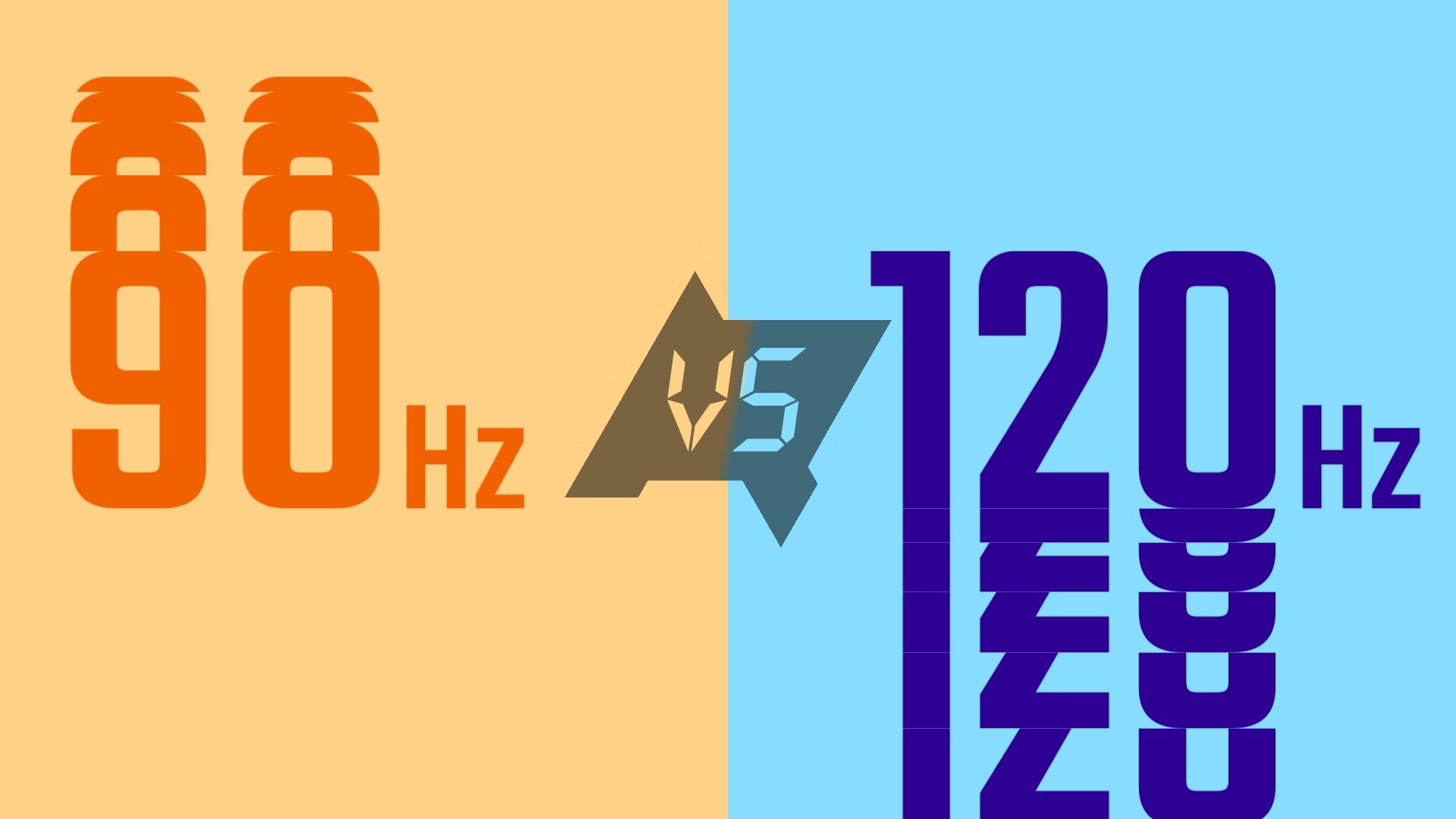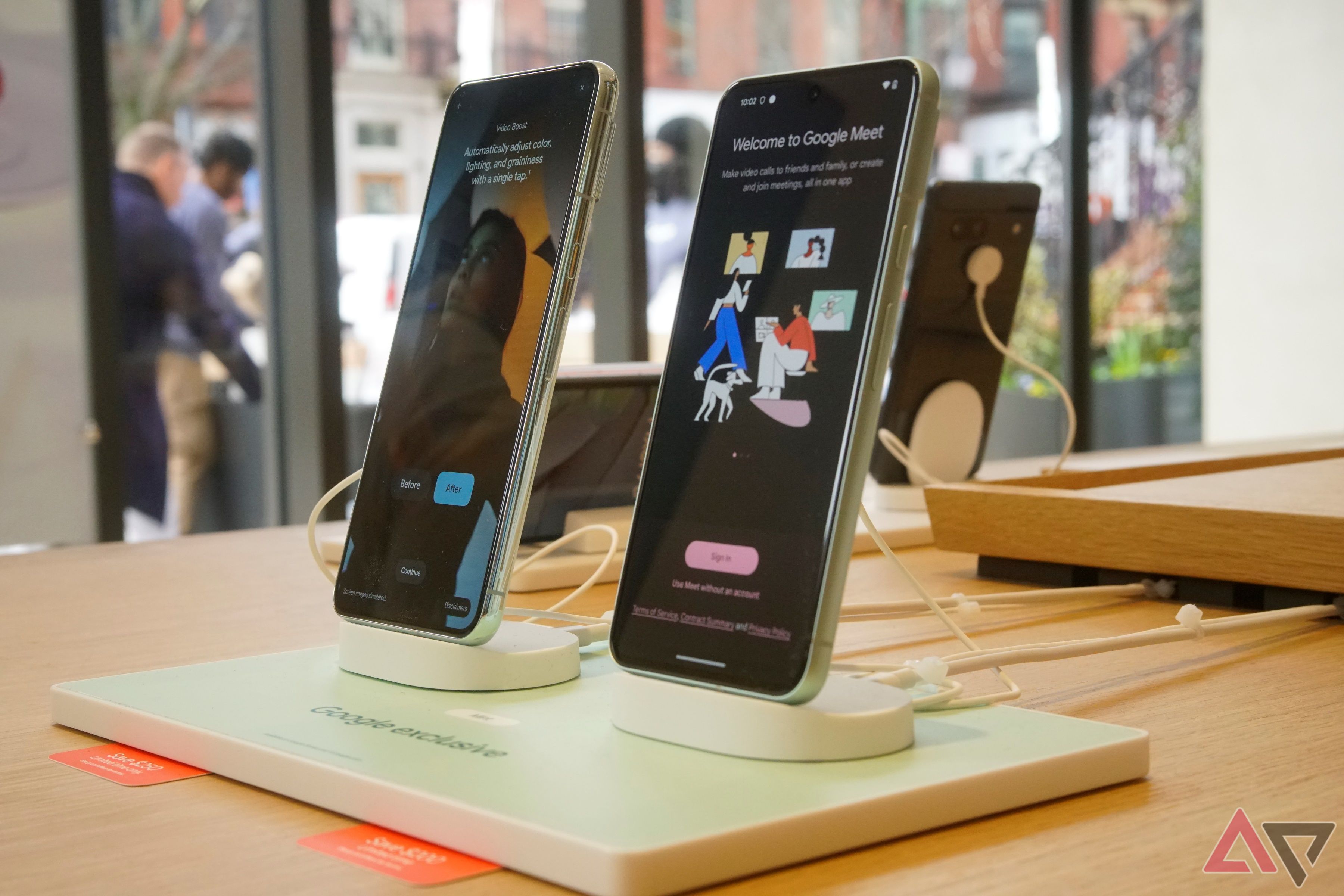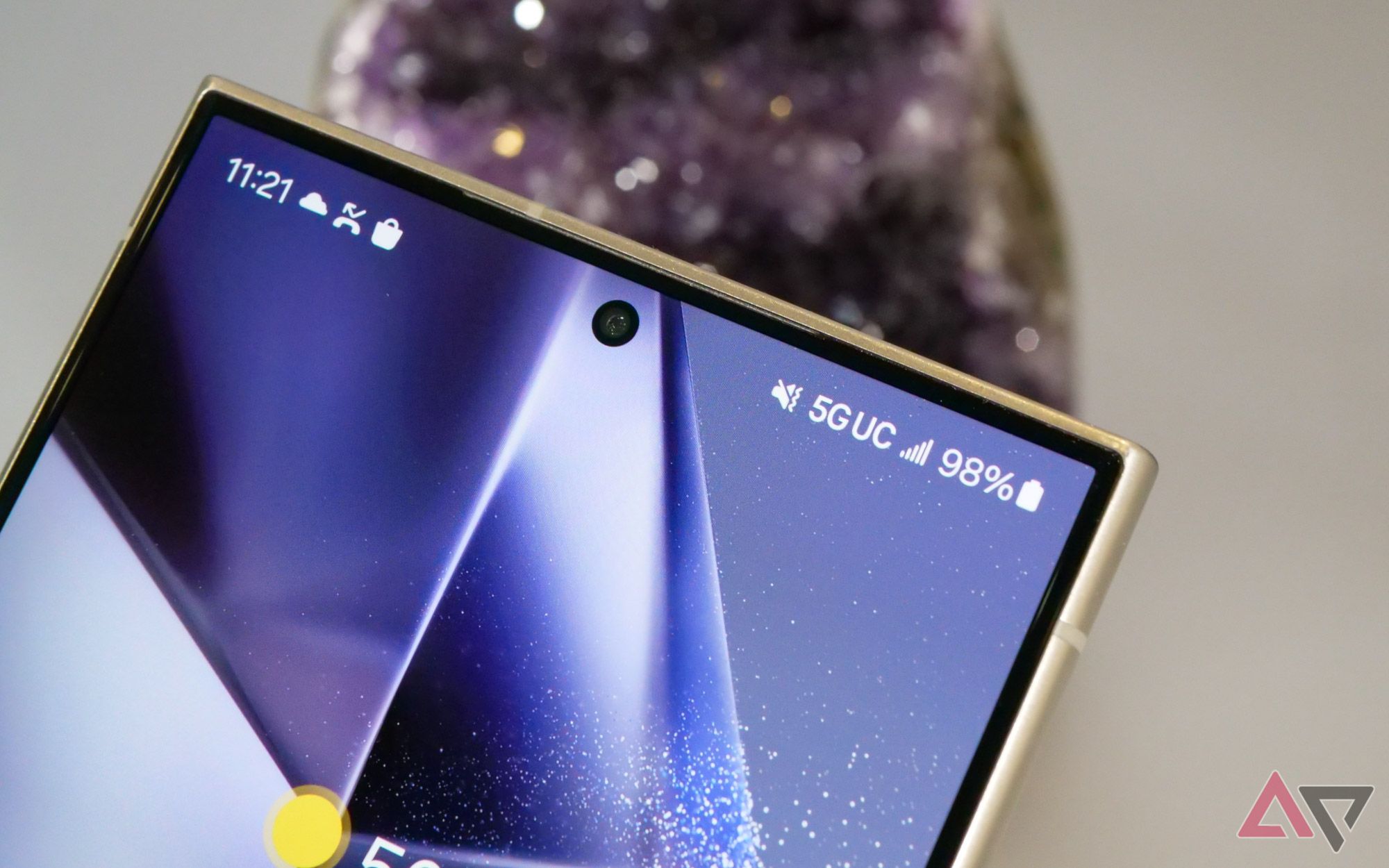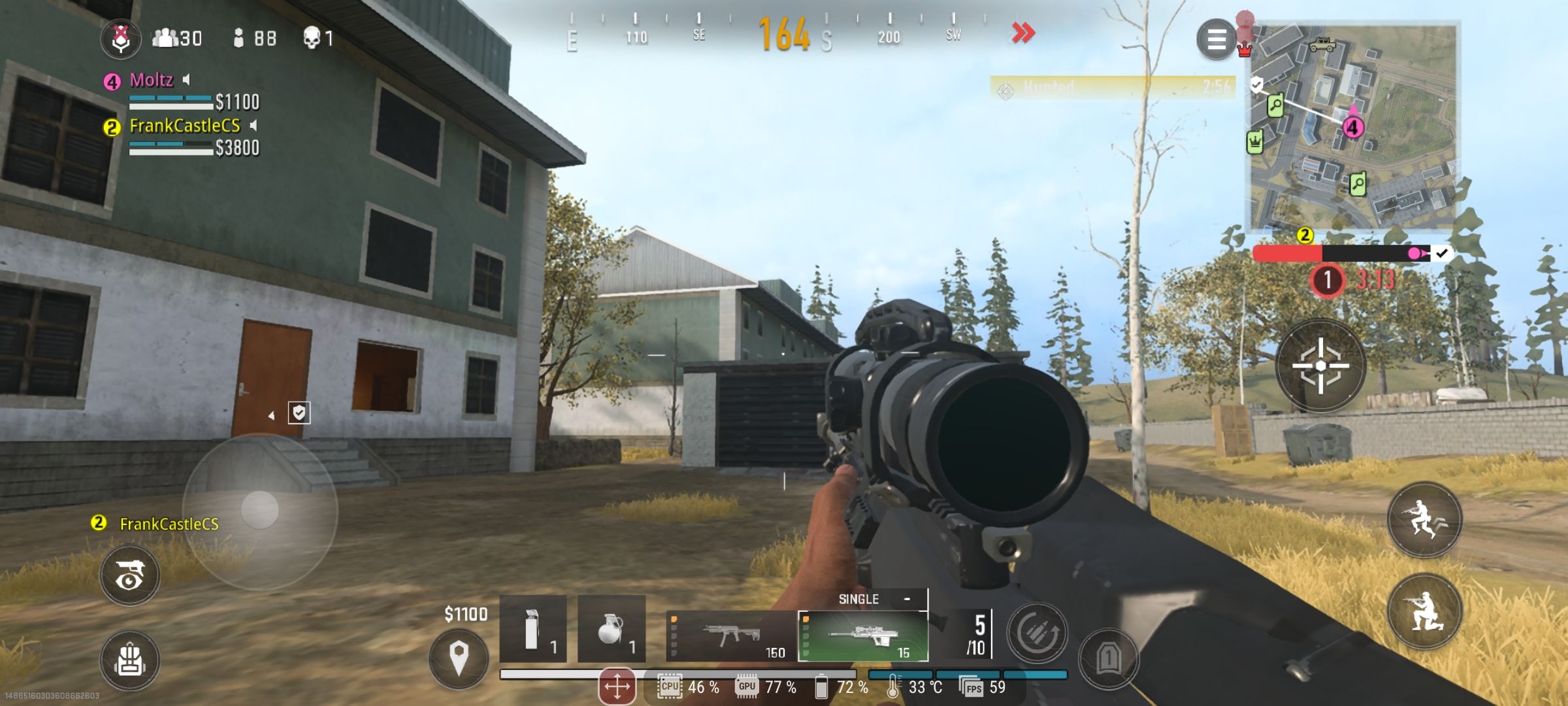In 2023, Google introduced an advanced screen technology called Pixel Super Actua Display. This is only available on Google Pixel 8 Pro. A flashy name can be a marketing hype, but the Pixel Super Actua Display is an exciting development for Google Pixel fans. Let’s take a closer look at how this display technology works and how it compares to the screens on flagship Android smartphones and the latest iPhone.
What is Super Actua Display?
Google calls its latest and greatest screen technology the Pixel Super Actua Display. Google didn’t reveal the reason for the name, but some parts are easy to decipher.
The Pixel Super Actua display is only available on the Pixel 8 Pro and is one of the best displays available. It makes sense to describe it as “super”. “Actua” is Google’s brand name for the new display, and the word has no inherent meaning in English.
The Google Pixel 8 has an Actua Display, which suggests the screens will have some things in common. The Pixel 8 series features improved OLED display technology that is brighter than the Pixel 7 series. The Pixel 8’s screen is 43% brighter than the Pixel 7. Pixel 8 Pro has 60% more peak brightness than Pixel 7 Pro.
Pixel 8 series smartphones also have a dynamic refresh rate that increases as needed to smooth out scrolling and improve gaming performance. If you don’t need speed, the refresh rate may be reduced to preserve battery life.

What is the refresh rate of a smartphone display and why should I care about it?
Experience silky smooth scrolling
Pixel 8 Pro Super Actua display specifications
The Pixel 8 Pro is Google’s best smartphone, with a wider aperture camera, stronger Corning Gorilla Glass Victus 2 protection, and an improved Super Actua display. The screen specifications are as follows.
|
Screen size |
6.7 inch display |
|
aspect ratio |
20:9 |
|
screen type |
super actua display |
|
solution |
1344 x 2992 pixels (489 PPI) |
|
technology |
LTPO OLED |
|
refresh rate |
1~120Hz |
|
Luminance |
Up to 1600 nits (HDR) |
|
peak brightness |
up to 2400 nits |
|
contrast ratio |
>1,000,000:1 |
|
color accuracy |
24 bit depth |
Is the Pixel 8 Pro’s display the best?
Google rated the Pixel 8 Pro as one of the best screens available in 2023. A few months into 2024, the Pixel Super Actua Display still stands out as one of the brightest and clearest screens available.
It’s debatable which phone has the best screen technology. DxOMark’s display experts rate the Pixel 8 Pro’s display on par with Samsung’s S24 Ultra, and Google’s display significantly better than Apple’s iPhone 15 Pro Max.
With high pixel density, accurate colors, high brightness levels, and variable refresh rates, these flagship phones have good reason to command premium prices. The Pixel 8 Pro is relatively inexpensive compared to top-of-the-line smartphones from Samsung and Apple.
Top-rated cell phone displays typically use a variety of organic LED technologies. For more information, check out our detailed guide to the differences between AMOLED, OLED, and POLED.
Pixel Super Actua display limitations
Pixel 8 Pro’s Super Actua display provides a crisp, bright screen, even outdoors. Google’s advanced display smooths out animations and supports gaming at up to 120 frames per second.
Pixel 8 Pro’s high-performance display requires a lot of energy, but it minimizes battery usage by lowering the refresh rate to one screen update per second during periods of low activity.
That sounds great, but developers will need to update their apps to take advantage of this feature. After Pixel 8 Pro launches in October 2023, some apps may not support this advanced display technology.
Pixel Super Actua Display requires optimized apps to enjoy the longest battery life, fastest refresh rate, and brightest screen. Android operating system and Google system apps should provide the best support.
There’s no easy way to identify optimized apps, but Google, Samsung, Apple, and other phone manufacturers have offered similar features for years. The code required to implement dynamic refresh rates should be included in the most demanding games and apps.
Brightness also depends on the content being displayed, ambient lighting, and brightness settings. This is why Google lists a brightness of “up to 1600 nits” and a peak brightness of “up to 2400 nits.” This means that some parts of the screen can reach peak brightness, but the overall brightness will be below 1600 nits.
Pixel displays continue to evolve
Since the original Pixel, Google has ensured that its phones offer a great user experience while being less spec-heavy. The Pixel has always been great at photography, but its camera hardware hasn’t been all that impressive.
That has changed in the last few years. Ever since the Pixel 6 series, Google has been shipping flagship phones with specs to match. Google’s Pixel 8 series cameras and displays compete well with the best of his Android smartphones. This trend of top-of-the-line technology and comfortable user interface design is likely to continue with the Pixel 9 series and beyond.



